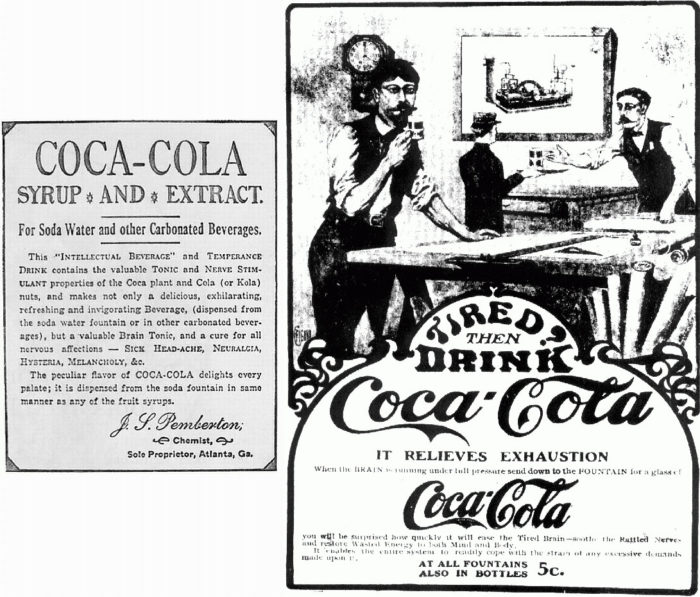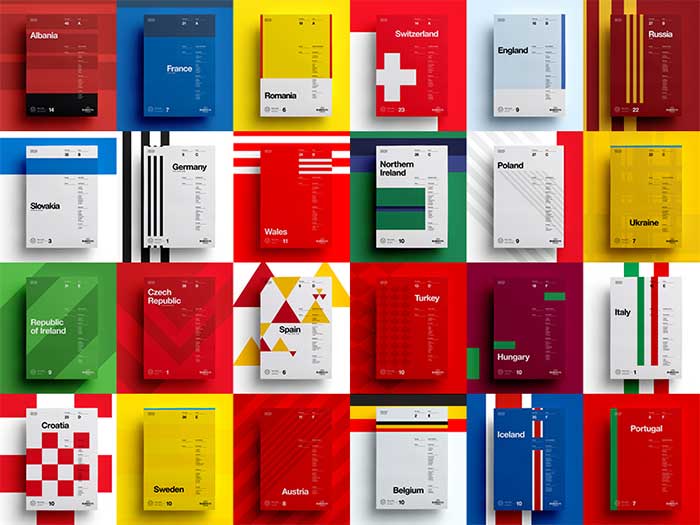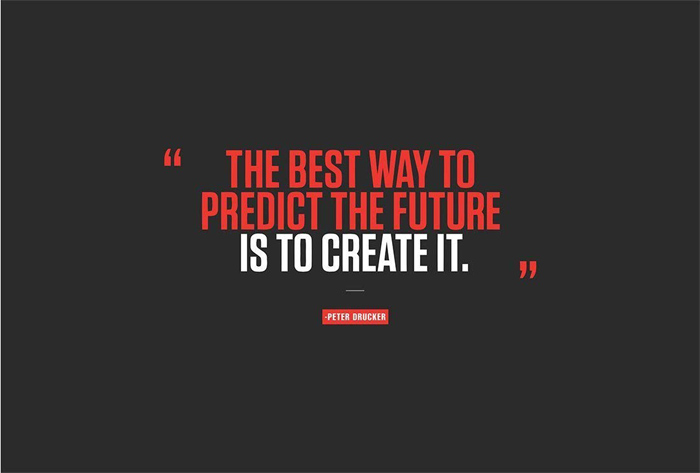The Coca-Cola Logo History, Colors, Font, and Meaning
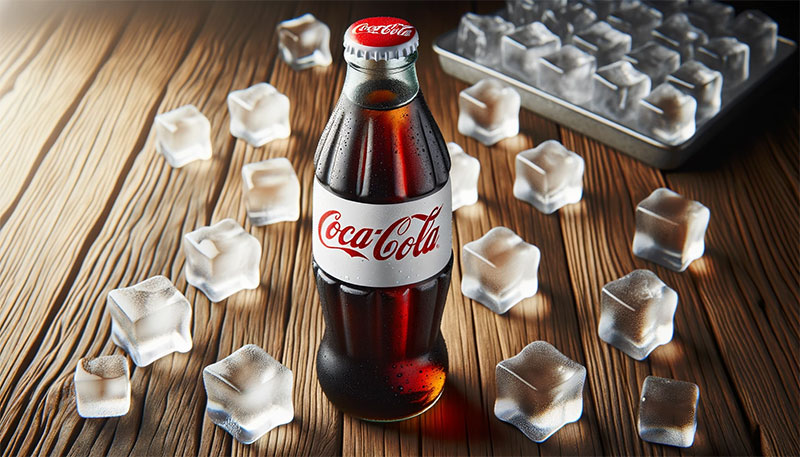
Whoa, hold up! Ever stopped to think about the Coca-Cola logo while sipping on that fizzy drink? I mean, it’s just a logo, right? But there’s a whole world behind it.
You see, in the vast universe of branding, some logos become iconic. They’re more than just designs; they tell stories, evoke emotions, and become part of our daily lives. The Coca-Cola logo? It’s one of those legends.
Now, I’ve been diving deep into the world of design, and trust me, this logo’s journey is fascinating. By the end of this article, you’ll:
- Understand the history and evolution of this iconic emblem.
- Discover the hidden meanings and design secrets.
- See why it’s more than just “red and white”.
So, ready to take a sip of knowledge? Let’s pop the cap and dive into the bubbly world of the Coca-Cola logo. 🥤
Key takeaways
- Brand Evolution: The Coca-Cola logo has been central to the brand’s advertising strategy since its inception in 1886. With Asa Chandler’s investment, the company’s marketing incorporated the iconic red and white colors across various media, significantly increasing its advertising budget over the years to become synonymous with pop culture.
- Design Origins: Created by bookkeeper Frank M Robinson, the logo used the Spencerian font and underwent several iterations before settling on a consistent design. It started as black and white and adopted the now-famous red and white in the 1960s, enhancing its visual appeal and pop culture connection.
- Trademark and Consistency: The logo received a trademark in 1893. After a period of experimentation, including the addition of flourishes, it gained consistency in the 1930s and 1940s, with further tweaks such as the placement of the ‘Trademark’ text below the logo in the 1940s.
- Iconic Symbolism: The logo’s evolution continued with the introduction of the fishtail or Arciform shape in 1958 and the addition of a wave in the 1960s. In 1969, the logo was placed in a red square with the white wave, representing two Coke bottles in contour, a design still in use today.
Advertising Strategy
When Coca-Cola first began in 1886, it used samples and promotions, offering customers a taste of this incredible product. In 1892, the company was purchased by Asa Chandler. Chandler began to introduce an advertising strategy, marking the start of the brand’s evolution. With $11,000, he introduced items such as calendars, napkins, soda fountain urns, clocks, and wall signs to market the Coca-Cola brand, making use of its iconic red and white design.
His advertising campaign began to grow! Coca-Cola began its magazine advertising campaign in 1904, showcasing its classic design. By 1911, the company was thriving, and the advertising budget had increased to over $1 million, reflecting its brand loyalty.
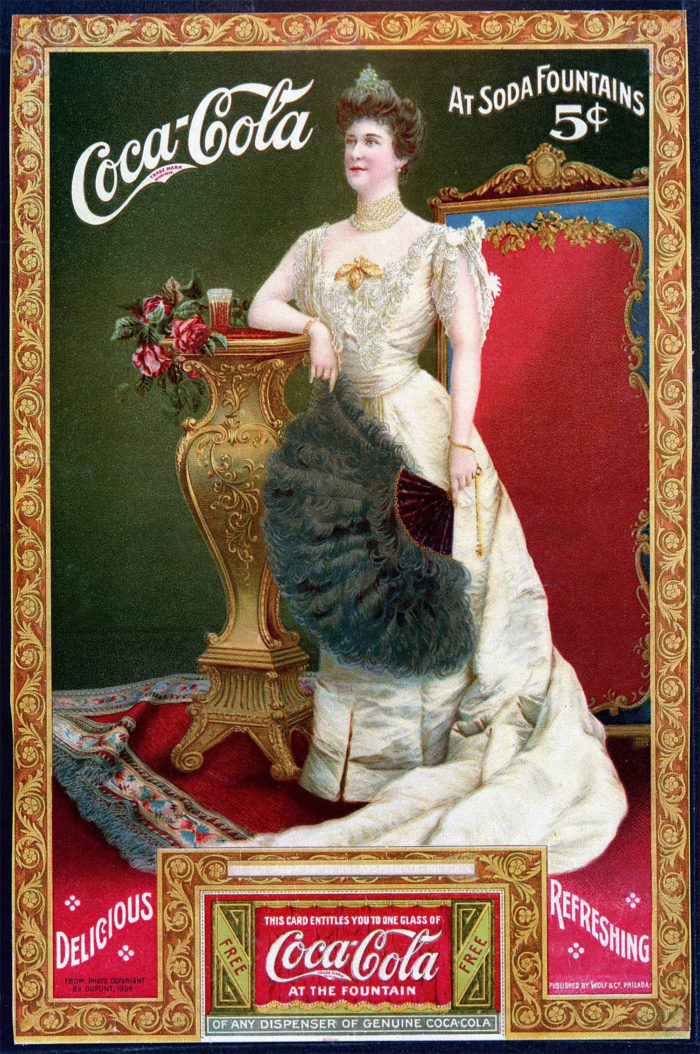
By the 1920s, Coca-Cola had added billboard advertising campaigns and radio program sponsorships to its advertising strategy. The Coke logo, with its dynamic ribbon and Spencerian script, was becoming increasingly powerful and synonymous with pop culture symbols.
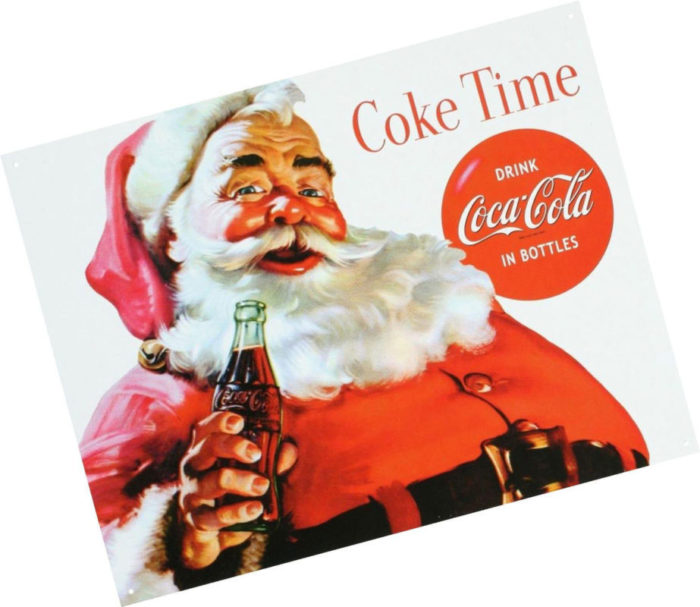
Coca-Cola began its Christmas advertising campaign in 1931, showing Santa Claus enjoying a refreshing Coke. Santa has been associated with the red and white colors of the Coca-Cola logo ever since, a testament to the brand’s identity and its place in vintage advertisements.
During the 1950s, television became increasingly popular, and Coca-Cola was not to be left out. Coke ran their television advertising campaign for the first time on Thanksgiving in 1950, further solidifying its place in the beverage industry.
The Coca-Cola logo has been associated with some remarkable campaigns, including the 1993 ‘Northern Lights’ advertising campaign which showed the Coca-Cola polar bears, a nod to its brand evolution and the soft drink emblem’s global reach.

The Coke Logo has helped to build the brand, taking it from strength to strength. Let’s have a look at the Coke logo and how it has changed and evolved over time, tracing its journey from its early days to its current iconic status in the world of brand logos.
The Coca-Cola Logo History
1886 – What’s in a name?
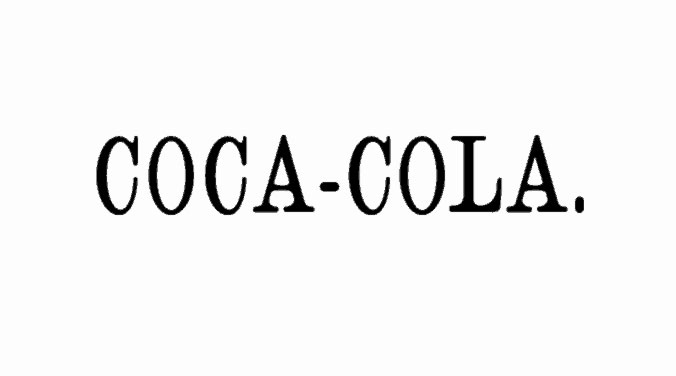
The original Coca-Cola logo began with the formation of the company name. Coca-Cola was named by company bookkeeper Frank M Robinson, who believed the double C’s in the brand name would add a special ingredient to the company’s marketing campaigns, enhancing its brand identity.
He also shaped the world-famous Coca-Cola logo by experimenting with the font. Using the popular Spencerian font, he wrote out the company name, shaping what would later become the very attractive Coca-Cola logo, a testament to its classic design.
However, there were still changes to be made! The Coke logo, with its dynamic ribbon, first appeared in 1886 in the Atlanta Journal Constitution. At this time, the Coca-Cola symbol appeared in both sans serif and in block serif. It was only in 1887 that the Coke logo began to take shape, settling on a single font style.
The Coke logo initially started out in black and white, and the iconic red and white colors so familiar to the Coke brand were only introduced in the 1960s. While the font has barely changed over time, the red and white colors of the Coca-Cola logo added instant appeal and became synonymous with pop culture symbols.
1887-1890s – The Coca-Cola trademark

The Coke logo was given a trademark in 1893, solidifying its place in the beverage industry. The words ‘Trademark’ were written on the tail of the first ‘C’.
The swirled effect
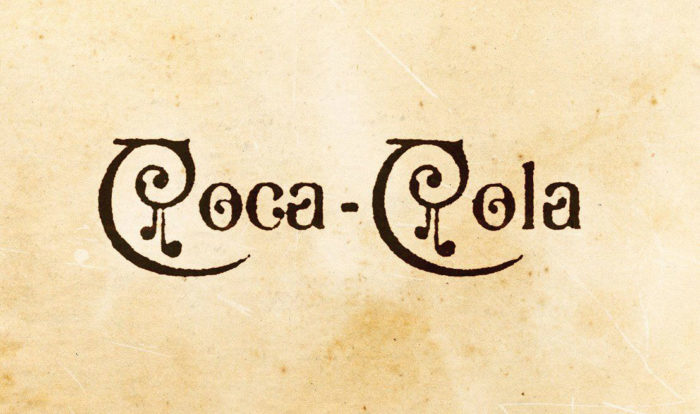
For a year, between 1890 and 1891, the Coke font was given flourish. Swirls were added to the logo, with dramatic effect.
These first ten years were the experimental years, and the Coke label showed up in different styles and formats until the company was completely satisfied with the results. It was only between the 1930s and 1940s that the Coca-Cola logo, with its soft drink emblem, gained consistency.
1941-the 1960s – Tail tweak
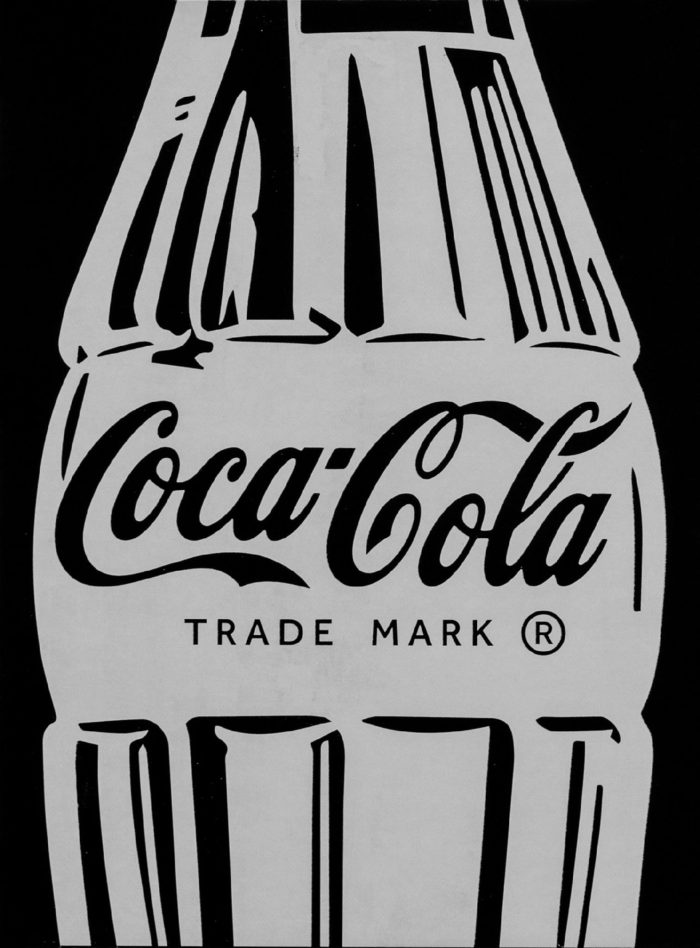
Once the Coke logo was consistent, the company began to make some tweaks. The ‘Trademark’ was moved outside of the Coke logo and placed below it.
With the logo consistent, it was time to register the modern version of the Spencerian script. This registration took place in November 1947 in Australia.
In 1947, the Red Disc became a popular means of advertising the brand. This button Coke Logo became a familiar form of outdoor advertising, reflecting the brand’s evolution.
During 1948, these discs began to appear inside as well. Businesses used them for both advertising promotions and for decoration. This practice continued until 1960.
1958-the 1960s – Something fishy
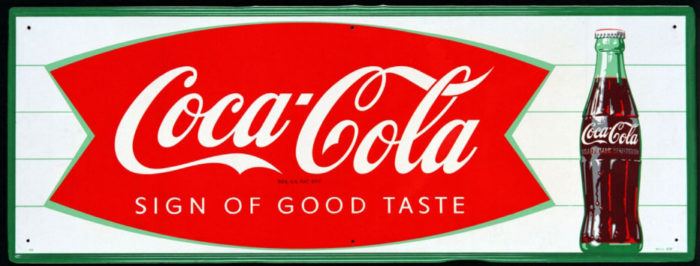
During 1958, the Coca-Cola logo included a fishy shape. This fishtail shape was known as the Arciform and within a year, this fishtail shape became used in all the company’s branding material. The Coke logo was evolving in form, showcasing its brand evolution.
It was in the 1960s that advertising manager Lippincott Mercer added a wave to the Coke logo, aiming to make the brand identity more consistent in form.
In 1965, the company returned to the button-style Coke logo. Coca-Cola decided that the red button had become the most familiar means of identifying the brand, further solidifying its place in vintage advertisements.
1969 – the white wave
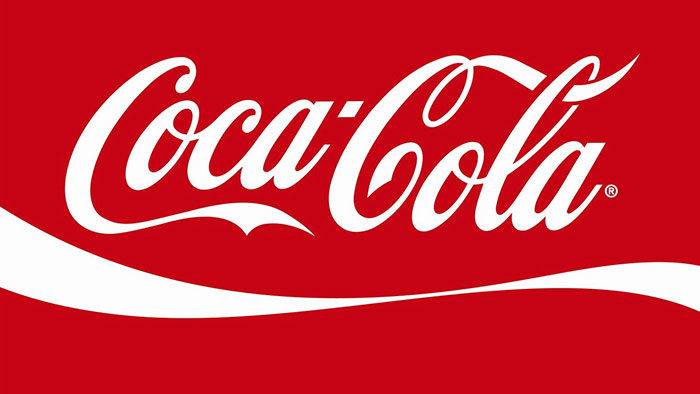
In 1969, a square logo was introduced. The Coca-Cola Logo was placed in a red box and underlined with the familiar white wave. This new Coke logo wave of transformation represented two Coke bottles in contour and is still used today, a testament to its iconic status in the world of brand logos.
1982 – Diet Coke
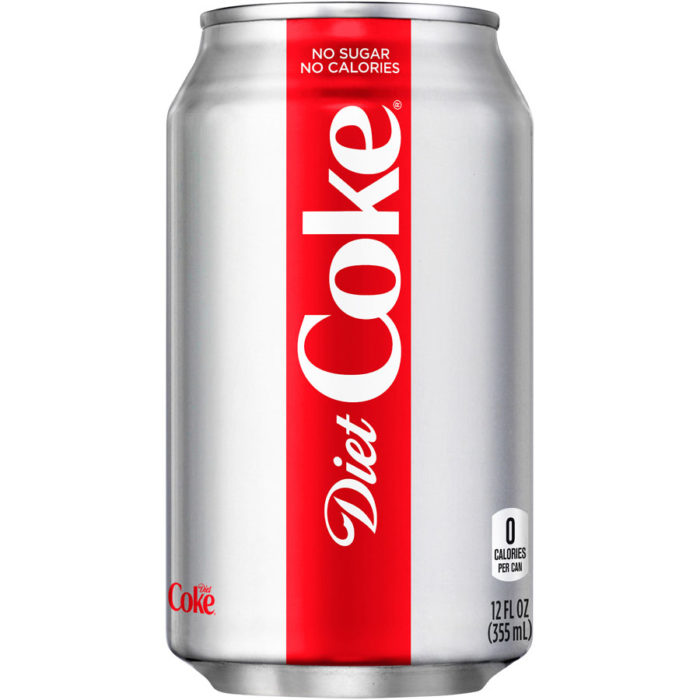
The 1980s were a time when Coke thrived on sharing slogans. Popular slogans such as ‘Coke is it!’ ruled the airwaves, reflecting the brand’s evolution and its iconic status in pop culture symbols. Coke was so popular that the company introduced a second drink. Diet Coke was introduced in 1982 and extended the company trademark, further solidifying its place in the beverage industry.
The original Diet Coke logo has a slab serif font and used red writing which stood out vividly against a white background, reminiscent of the classic design.
This was the time when the Coca-Cola logo began to develop further. The brand identity was becoming stronger and stronger. The wave shape in the Coke logo was adjusted, and the soft drink emblem went through some subtle changes.
2003 – Keeping it real
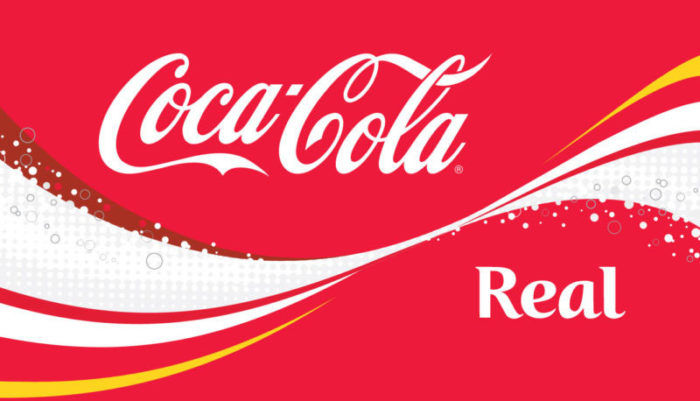
During 2003, Coke launched the “keeping it real” campaign, symbolizing a time for a change and a nod to its vintage advertisements. A dash of yellow along with some floating bubbles was added to the Coca-Cola logo. These changes lasted only a few years and were taken away by 2007.
2007 – A classic design
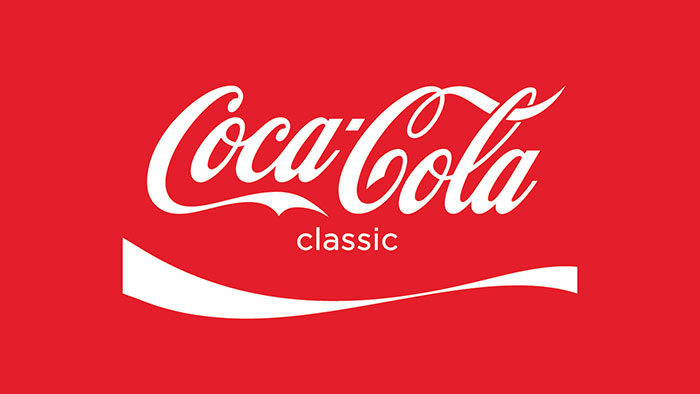
In 2007, it was time to make changes again. The Coke logo became bolder, and a single white ribbon, reminiscent of the dynamic ribbon, was used to underline the Coke font.
2011 – 125 years of happiness
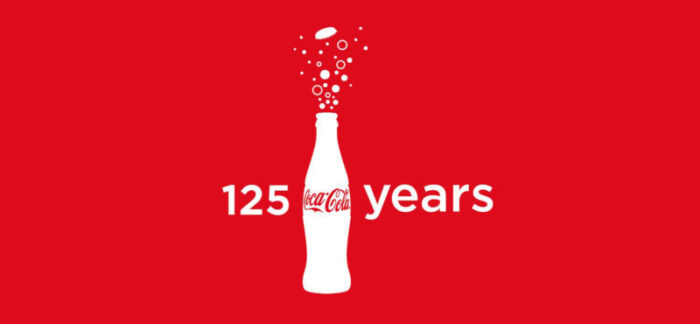
Coke turned 125 in 2011, and it was time to celebrate the bubbly joy Coke brought to the lives of its fans. The company drew on the classic contour bottle bursting with bubbles. This birthday Coca-Cola symbol represented the past, present, and future, showcasing the brand’s evolution.
2013―2014 – Your name, that classic font
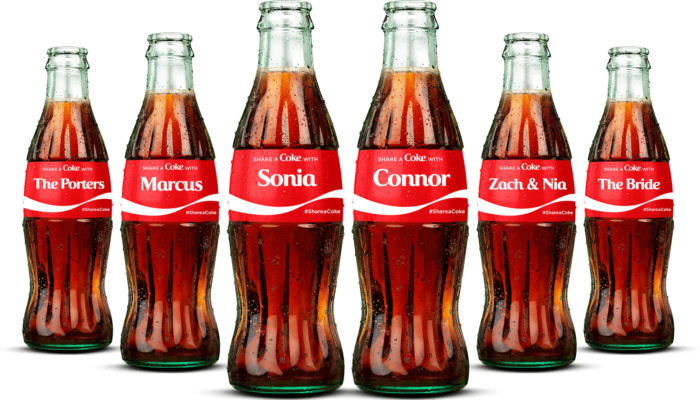
What could be more exciting than seeing your own name on a bottle of Coke? The “share a Coke” campaign changed the Coca-Cola font to the names of its fans. All you had to do was pick your name from the selection in front of you, and you were ready to take part.
This awesome idea originally used names printed in the classic Spencerian Coke font. However, this proved to be complicated, and Coke used a new typeface inspired by the classic Coke font.
This typeface was named ‘You’ because it was about you, the customer, rather than the company or brand. This campaign was one of a kind, leading the way into a new form of branding. It began in Sydney in 2011 and has since spread to over 70 countries throughout the world, reflecting the brand’s global reach.
The essential shape
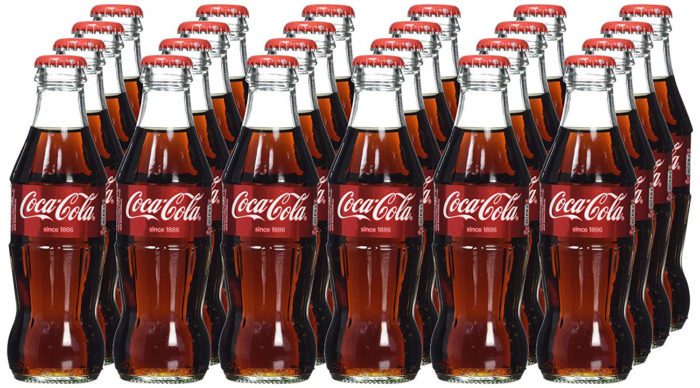
The Coca-Cola branding campaign has not only relied on the classic Coke logo but also on another unique form, the Coke bottle. The shape of the Coke bottle has become a classic symbol in itself, a testament to its iconic design.
The Coca-Cola bottle has remained a classic and hasn’t changed its shape for over a century. Coke can be easily identified by the shape of its bottle, making it a classic Coke symbol. The Coke bottle was designed to set the drink apart. A prototype design was created as far back as 1915, inspired by the Cocoa bean. The shape of this bottle is now so familiar that it can be recognized around the world simply through touch.
The Coke symbol, as represented by the bottle shape, has even been designed in limited edition, with top fashion designers making a contribution. Designers such as Moschino, Fendi, Roberto Cavalli, Versace, Karl Lagerfeld, and Nathalie Rykiel all made a contribution, showcasing the brand’s association with pop culture symbols.
FAQ about the Coca Cola logo
What is the history behind the Coca Cola logo?
You know, it’s quite fascinating. The Coca Cola logo was designed back in 1886 by a bookkeeper named Frank M. Robinson. Frank thought that the two C’s in the name would look great in advertising, enhancing the brand’s identity.
So, he came up with the now-iconic Spencerian script for the logo, a testament to its classic design. It’s been over a century, and the logo remains pretty much unchanged – a testament to its timelessness and its place in vintage advertisements.
How has the Coke logo evolved over time?
The Coca Cola logo has been remarkably consistent, showcasing its brand evolution with only minor changes. In the beginning, there was just the script with no other elements.
Over the years, they’ve added a few elements like the white wave (known as the “Dynamic Ribbon”), and sometimes the text has been put inside a circle or a red disk. But overall, it’s retained that same classic, recognizable look, resonating as a pop culture symbol.
What does the Coca Cola logo represent?
Ah, I love this question! The Coca Cola logo, with its elegant script and bold red color, represents a sense of nostalgia, happiness, and refreshment.
The Dynamic Ribbon, which was introduced in 1969, adds a sense of motion and energy. The combination of these elements creates a universally appealing design that has stood the test of time and resonates with people across generations, reflecting its iconic status in the world of brand logos.
Why is the Coca Cola logo red and white?
The red and white color scheme of the Coca Cola logo has an interesting story. The red color is said to be inspired by the bold, vibrant colors of the flags that hung in soda fountains where Coca Cola was sold, further solidifying its place in vintage advertisements.
The white script, on the other hand, provides a striking contrast that makes the logo easy to read and instantly recognizable. Together, the red and white colors evoke a sense of nostalgia, warmth, and positivity.
Are there any hidden symbols in the Coca Cola logo?
While there aren’t any intentional hidden symbols in the Coca Cola logo, some people have found “hidden” meanings or messages within the design.
For example, some claim to see a face in the white space between the two words, while others believe the Dynamic Ribbon represents a flowing river.
It’s important to note that these interpretations are not official and are simply the result of people’s imagination.
Why has the logo remained mostly unchanged?
One of the reasons the Coca Cola logo has remained largely unchanged is because of its timeless design.
The Spencerian script and the bold red color create a classic, nostalgic look that resonates with people across generations.
Additionally, its consistency has helped build strong brand recognition and trust, which are invaluable for a global company like Coca Cola, showcasing its brand loyalty.
What is the font used in the Coca Cola logo?
The logo features a unique, custom typeface known as the Spencerian script. It was a popular writing style in the United States during the 19th century and was created by Frank M. Robinson, the company’s bookkeeper.
The distinctive, flowing script has become synonymous with the Coca Cola brand and remains an integral part of its visual identity, reflecting its iconic design.
Has the Coca Cola logo ever been completely redesigned?
While there have been slight modifications to the Coca Cola logo over the years, it has never been completely redesigned. The Spencerian script, iconic red color, and white wave (Dynamic Ribbon) have remained consistent throughout the logo’s history. This consistency has helped establish a strong brand identity and built trust with consumers around the world, reflecting its brand loyalty.
How does the Coca Cola logo compare to other famous logos?
The logo is often considered one of the most iconic and recognizable logos in the world. Its simple, timeless design, and strong visual identity have helped it stand out among other famous logos, making it a classic design in the realm of beverage branding.
What is the significance of the Coca Cola logo in popular culture?
The logo has played a significant role in popular culture, becoming a symbol of Americana, nostalgia, and global consumerism. It has appeared in numerous movies, TV shows, and art pieces, often as a symbol of Western influence and culture.
Additionally, the logo has been used as an inspiration for various artists, including Andy Warhol, who famously incorporated the Coca Cola logo in his pop art. The logo’s enduring presence in popular culture further solidifies its iconic status and its place in vintage advertisements.
Ending thoughts on the Coca-Cola logo
Has any other brand managed to change and evolve for over a century, becoming increasingly popular around the world? The Coca-Cola logo is both nostalgic and hopeful, pointing towards a positive future. This is largely due to the success of the Coca-Cola logo, which is easily identifiable to fans, showcasing its brand evolution.
The Coca-Cola logo has gone through numerous transformations. However, it has adjusted with the times with a positive effect, reflecting its brand evolution.
The Coca-Cola logo is simple and easily recognizable. It lets us know that every time we reach for a bottle of Coke, we will be enjoying that classic taste. In fact, the Coca-Cola logo is so easily identifiable that the classic red shade often reminds fans of the drink itself, resonating as a pop culture symbol.
The Coca-Cola logo is so familiar and so popular that it stands out from the competition. Coke has become one of the leading cool drink brands in the world, showcasing its global reach.
If you enjoyed reading this article about the Coca-Cola logo, you should read these as well:
- Logomark Vs Logotype: Understanding the Difference
- Superhero logos: The symbols of the comic book universe
- Learn About The Apple Logo: The Tech Giant’s Branding
- The Disney logo: All there is to know about the Walt Disney brand
- The Bethesda Logo History, Colors, Font, And Meaning - 28 April 2024
- Out of This World: Space Color Palettes for Cosmic Designs - 28 April 2024
- The Bungie Logo History, Colors, Font, And Meaning - 27 April 2024






